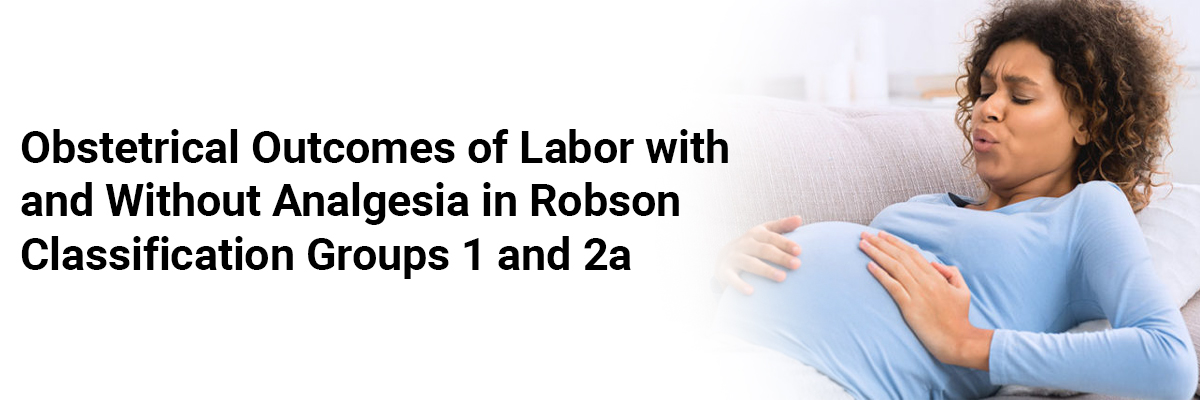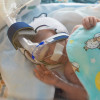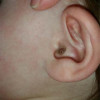
 IJCP Editorial Team
IJCP Editorial Team
Obstetrical outcomes of labor with and without analgesia in Robson classification groups 1 and 2a
A recent study elucidated the effects of neuraxial analgesia on labor in women classified based on the Robson classification system. It retrospectively reviewed the clinical data of singleton cephalic nulliparous deliveries in labor at term and compared obstetrical outcomes between deliveries with and without neuraxial analgesia in women of Robson group 1 (spontaneous labor) and group 2a (induced labor).
It found-
- Two thousand seven hundred twenty-six deliveries during the period.
- Three hundred eighty seven deliveries (215 with analgesia and 172 without analgesia) in Robson group 1
- Five hundred-two deliveries (258 with analgesia and 244 without analgesia) were in Robson 2a.
- A higher cesarean section (CS) rate in Robson group 1 pregnancy among those receiving analgesia than those who did not (3%).
- Labor with analgesia as a significant risk factor for CS.
- A higher CS rate in Robson group 2a pregnancies among those with analgesia than in those without analgesia (18 vs. 11%).
This study shows a higher CS rate in deliveries with analgesia than those without analgesia in the Robson group 1 and 2a pregnancies.
J Anesth. 2022 Oct 17. doi: 10.1007/s00540-022-03125-9. Epub ahead of print. PMID: 36251094.

IJCP Editorial Team
Comprising seasoned professionals and experts from the medical field, the IJCP editorial team is dedicated to delivering timely and accurate content and thriving to provide attention-grabbing information for the readers. What sets them apart are their diverse expertise, spanning academia, research, and clinical practice, and their dedication to upholding the highest standards of quality and integrity. With a wealth of experience and a commitment to excellence, the IJCP editorial team strives to provide valuable perspectives, the latest trends, and in-depth analyses across various medical domains, all in a way that keeps you interested and engaged.





















Please login to comment on this article